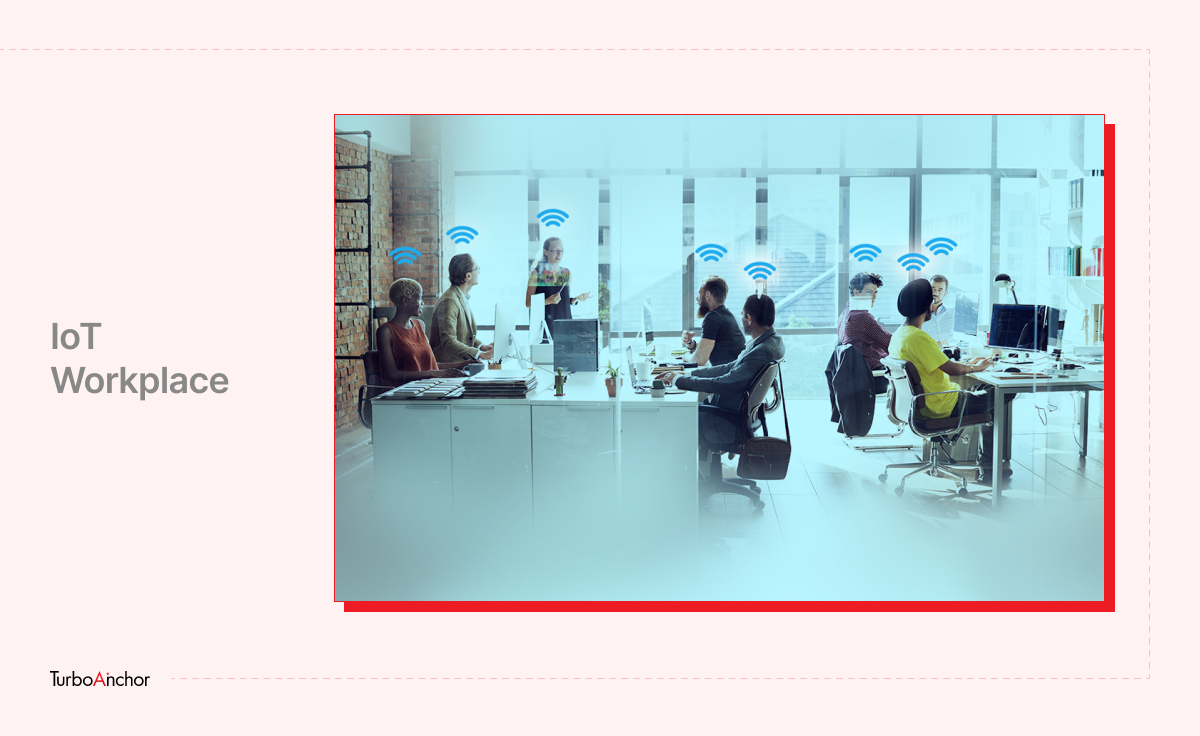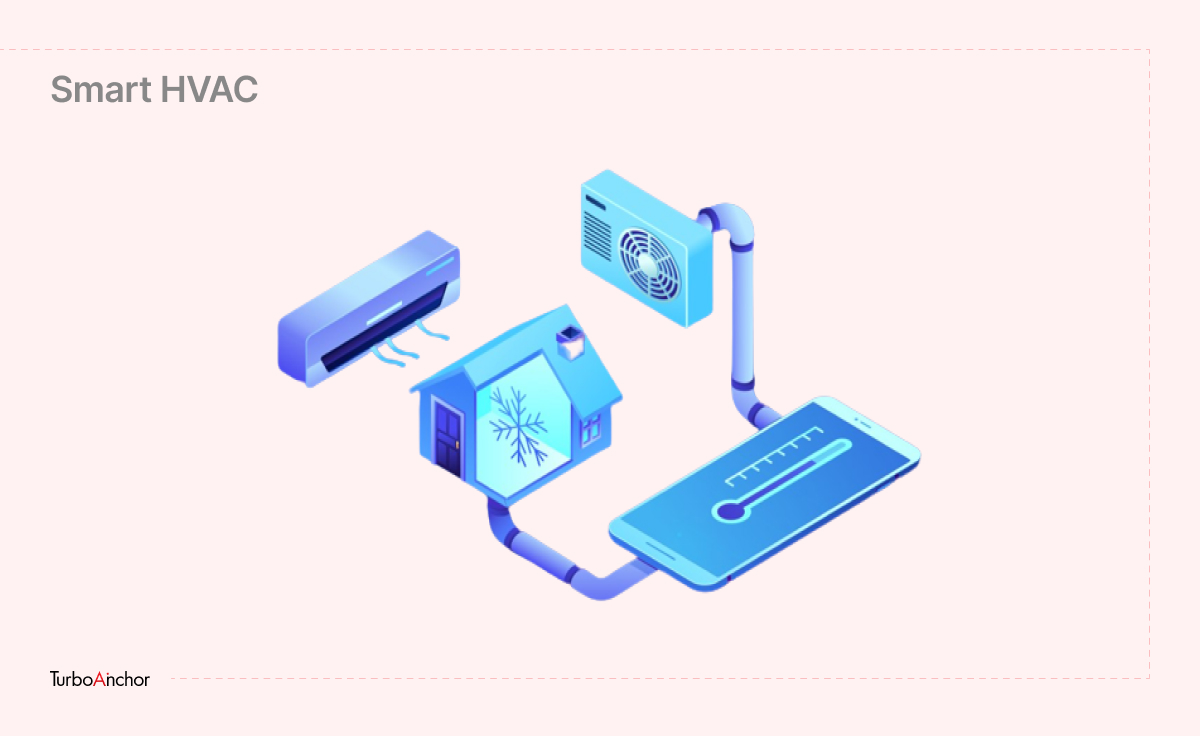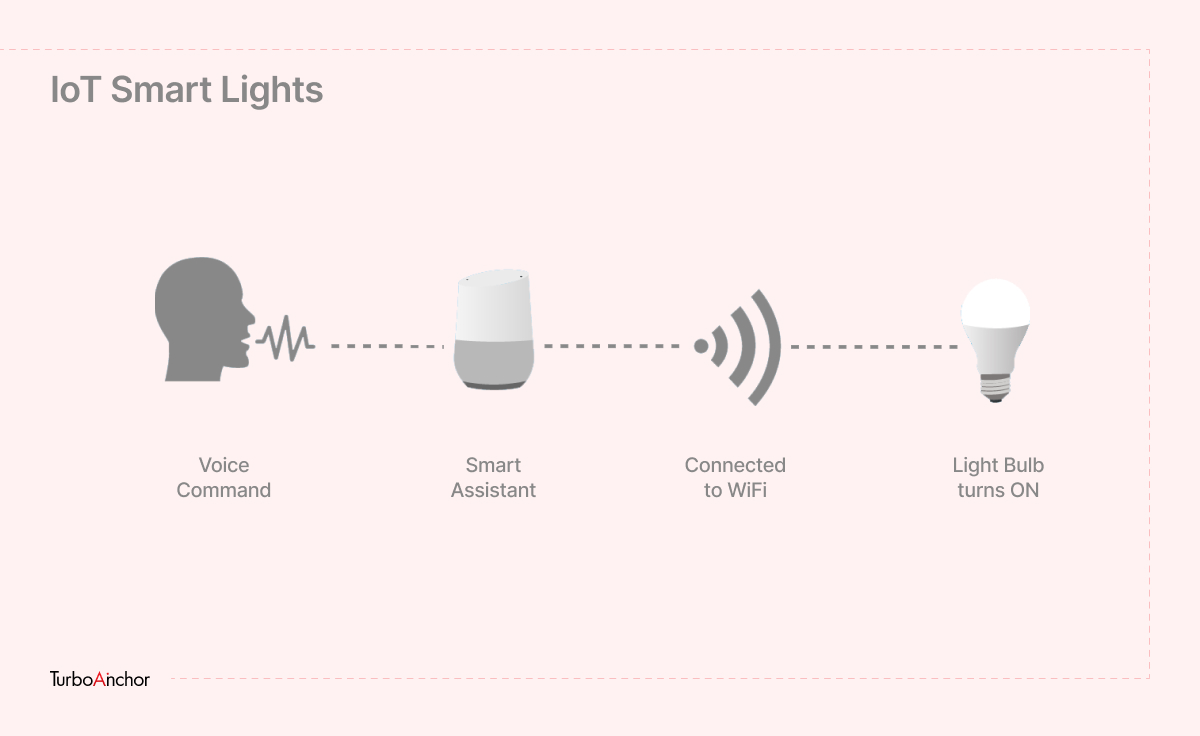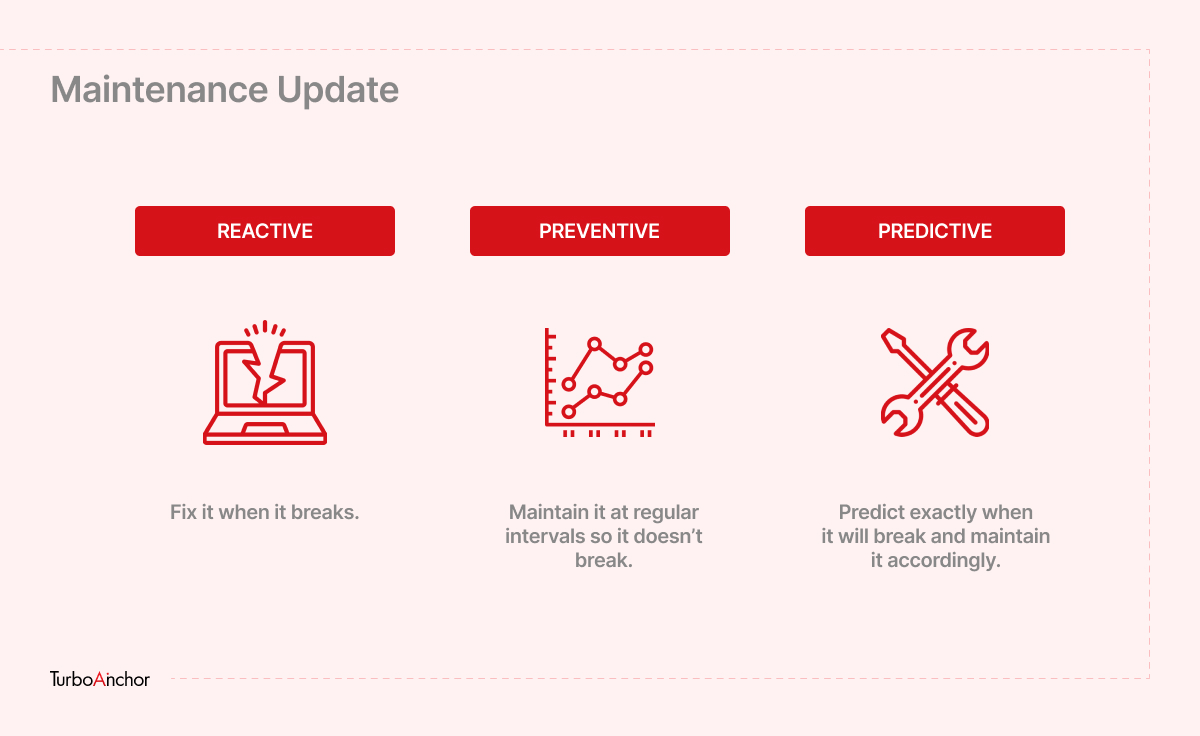Time by time as we are stepping into a new digital world. We are noticing a gradual change in the work environment. Especially when the world came across a covid pandemic, many changes have become the new normal. One of the most common changes this time is converting to work-from-home mandates and new digital workplaces having a significant impact. But this impact in workplaces is all possible cause of IoT technology.
IoT in the workplace can involve a variety of smart devices, sensors, robots, and artificial intelligence, to improve efficiency and create new business prospects. These workplaces aren’t just rooms; these smart devices like sensors connect to create a smart office. They aim to create a safe, connected assessment management & productive environment for employees.

What are the advantages of IoT in the workplace?
Smart technologies are not just transforming our style of living but especially in the workplace. Shifting to IoT means investing in new software, systems, & equipment. Still, the benefits that smart technologies in the office provide for your business overshadow the downside of expenditures for many enterprises.
Following are some of the advantages of integrating the IoT into your workplace:
Improved Productivity
- Firstly IoT can simplify almost half of the hectic workflow & can improve productivity in the office.
- Rather than filling out back-to-back paperwork like reports related to the office, employees can update HR from a mobile app all because of centralized data.
- You can manage tasks like booking conference rooms, dialling between conference calls, and updating the workflow calendar at your fingertips without breaking a sweat with the help of smart assistants. That allows the employees rather than worry about anything else and focus on their tasks more effectively.
- A.I smart technology & robotics in the workplace give employees more time to do their primary job duties. According to a survey, workers spend only 44 % of their time on their primary duties, mainly because of email, meetings, and unnecessary tasks. [1]
Read More: 6 Prominent Benefits of IoT For Consumers
Improved Work Environment

Smart HVAC (Heating, Ventilation, and Air Conditioning) and lighting systems can play a vital role in creating a healthy employee environment.
- Smart thermostats can adjust the temperature, keep everyone comfortable, and link to building HVAC to control different temperature zones. They can be controlled by voice or by an assistant like Alexa or Siri.
- Smart lighting can learn users’ schedules with a motion sensor & dim when natural lighting is low. These bulbs adjust the brightness and prevent users from eye strain.

- IoT-enabled air filtration systems instantly update you on air quality in every part of the office.
Eco-friendly Work Environment With Low Operating Expenses
As IoT technology gives us more control over every aspect of the workplace, from lighting to temperature, you can minimize unnecessary usage of energy. That helps you keep focusing on the task ahead rather than getting distracted from your company’s goals.
An energy reduction can reduce your utility cost rather than hiring a janitor who can sometimes be risky in the case of security services. They can also be relatively costly. Your office can save some money and maintain cleanliness with a robotic vacuum.
Track Employees & Performances
When it comes to tracking employee performance and monitoring their workflow, are they slacking off during work or knowing their exact location within the company premises. Smart IoT employ monitoring tools not only provides you services like locating and monitoring people on site but also let you effectively manage employee productivity, tracking equipment, visitor access, and real-time attendance monitoring.
Suggested Read: What Is Employee Monitoring & How It’s Done?
Maintenance Update

IoT can improve how you lend and track devices like laptops, smartphones, tablets, and projectors. The bigger the workplace is, the double workload is. Therefore, it is crucial to check out the health of devices. If any of them break down, it can slow the workflow performance. So by installing IoT sensors in such devices, you can monitor performance and help predict the breakdown of necessary details like maintenance issues. The tasks can be managed conveniently rather than at an instant notification.
FAQs
How do I make my office a smart office?
Well, you can transform your ordinary office into a ‘smart office’ by going for smart IoT sensors, or gadgets like installing smart lighting and HVAC systems will ensure you lower your overall expenses, provide intelligent security systems that deal with the need for authorized personnel to carry around physical plastic cards, which are not environment friendly, and can help improve employee productivity by making their lives easier.
How is IoT used in the workplace?
IoT applications in intelligent offices include,
- Asset monitoring systems
- Workplace safety monitoring and advanced security
- Smart furniture
- Climate control
How is AI used in the workplace?
AI is helping businesses increase the productivity of their employees. It allows employees to concentrate on creating solutions and solving complex problems rather than doing redundant tasks and creating valuable work.
For Example, One of the most common AI-based technology used by the organization is Chatbots.
How will IoT impact jobs?
According to research, IoT technology will influence 120,000 jobs in the country by 2021.
Whereas 94,000 jobs will be eliminated, and 25,000 jobs will be created in the 5 years. [2]
Can Alexa be part of IoT?
Yes, as ALEXA is an IoT smart device featured by amazon. It allows users to make any connected device an Alexa built-in device. It provides information, answers questions, plays music, reads the news, checks sports scores or the weather, and more through voice recognition.
Conclusion
As everything is said & done in the end, we can come to the conclusion that as time passes by. It is becoming more and more obvious that shifting to IoT in the workplace is an essential need. As we observe above, the IoT provides us with a better, healthier, reliable, and more convenient way, less expensive way of running any workplace whether it’s an office or a building.
Also Read:
- 20 Types of Workspaces, & How To Know What’s Best For You?
- Your Complete Guide On IoT & Smart Cities
- A Quick Guide On What Is IoT Security?
References:
[1] Work management built for the enterprise – Workfront
[2] Automation to affect the whole tech sector – Internet of Business